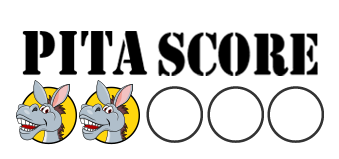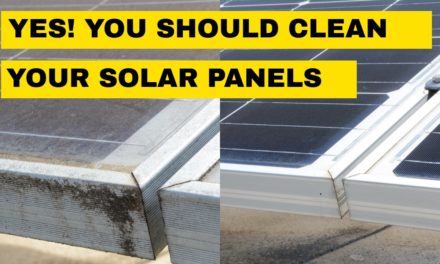Tools Needed
- Miter Saw (Circular saw or table saw would work just as well)
- Brad Nailer (Optional)
- Drill & Driver
- Drill bit with counter-sink
As an Amazon Associate I earn from qualifying purchases. These links are tools and materials that I either use or have researched enough to recommend them.

Materials Needed
- Exterior wood glue like Titebond III
- Cypress or Cedar lumber
- Stainless steel screws
- Epoxy (optional)
Elevated Planter Box
So my wife and I want to start our own urban vegetable garden and we only have one ideal place to do that. That location requires that we elevate the planters so the tops are about 20” from the surface on which the planter will sit. I scoured the web and took the best of about 3 or 4 designs and created my own that attempted to minimize the amount of labor involved. This is what I came up with.
For those of you who watched my video on how I transformed my old cypress siding into lumber suitable enough to build this elevated planter know that I created non-standard lumber dimensions in that video. I created actual dimensions of 1” x 4”. So this design is based on those dimensions, but fear not I also created a design that uses off the shelf lumber. The assembly steps are the same so everything you see here today is applicable to both designs.
If you are buying lumber for this project, I recommend cedar, specifically 5/4 x 6” decking boards. These are truly 1” thick and provide enough rigidity for the sides bottom and the legs.
See how I reclaimed cypress siding for this project
Basic Planter Box Construction
Let’s go over how this is constructed. Basically we have 3 rectangular frames stacked on top of one another. The bottom frame has supports for the bottom pieces. The three frames are held together with these ties that are chamfered to eliminate the sharp edges. The legs are attached to the sides. It’s super easy.
Here are the Elevated Planter Box Plans…Free!
Click here to download the plans using 1″x4″ boards
Click here to download the plans using 1″x6″ boards (5/4 deck boards)
Elevated Planter Box Details
Let’s start with the rectangular frames. The short sides get sandwiched between the long sides. I did this so all short pieces are 24” whether they are side pieces are bottom pieces. I’m using stainless steel screws but you could just easily use outdoor decks screws. These are 2” in length. We’ll repeat this for the second frame.
For the third frame we need to add our bottom supports, I add these first. These are ripped from larger pieces so they are 1” x 1”. I glue these, tack in place, then screw. The plans call for a long 47” piece. I’m using leftover scraps so I only have these shorter pieces. With the bottom supports in place, we assemble this just like the other frames. And then we add the bottom pieces. I put a ⅛” gap between slats to provide water drainage. These plastic shims make that spacing easy. I don’t bother glueing or tacking these in place. They aren’t going anywhere. When you get to the last board of the bottom of the planter, you’ll need to measure for an exact fit and rip the board to that width.
After the bottom is installed, we’re now ready to assemble our three frames together.
Connecting the Planter Box Frames
Use the 1”x1”x8” pieces (I call them stringers) to connect all three frames. In the corners, use screws to attach the strings to the frames. Alternate the direction of the screws so you get two screws going into the long side and two going into the short side. For the stringers in the middle of the planter, you can drive one screw into each frame.
Attaching the Planter Box Legs
Legs are attached with four screws per leg. Be sure to make the top of each leg flush with the top of the planter. Glue is optional here. If you think you might change your mind about the elevated planter box height, you definitely don’t want to use glue. I like to keep my options open.
Finishing Up the Elevated Planter Box
At this point you’re done, unless you want to line this with weed fabric. I am going to line mine with fabric so I don’t lose soil through the drainage gaps over time. I install mine with stainless steel T50 staples.
Remember you can adjust the leg height to make your planter as tall as you need.








